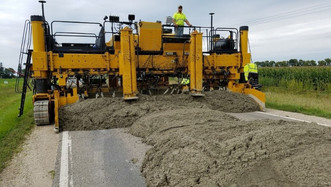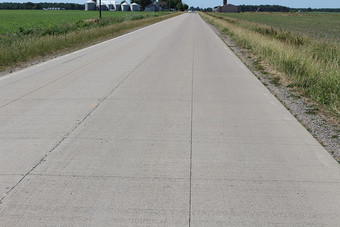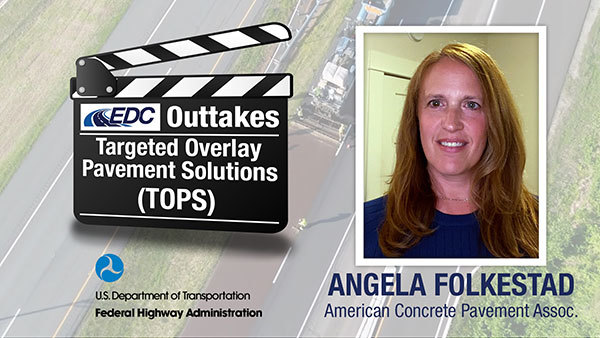Concrete Overlays:
A Proven Technology Webinar
|
|
 |
|
The Targeted Overlay Pavement Solutions (TOPS) Every Day Counts team is hosting its first concrete overlays webinar January 24 at 1:30 ET. Participants will hear about challenges and possible solutions, how to determine value, how to get started, and what resources are available. The webinar will also include highlights from ten concrete overlay projects.
|
|
 |
Join us for a TOPS webinar!
January 24, 2022
1:30 – 3:00 ET
Sam Tyson, FHWA, will introduce EDC-6 and TOPS for concrete overlays on existing asphalt and concrete pavements.
Peter Taylor, National Concrete Pavement Technology Center, will describe resources available for free download, including the recently published:
- Guide to Concrete Overlays 4th Edition
- Concrete Overlays – A Proven Technology
- Concrete Overlays – The Value Proposition
Gary Fick, The Transtec Group, will cover the full spectrum of overlay-type selection, design, and construction to produce timely, economical, and long-lasting pavement preservation and rehabilitation projects.
The Federal Highway Administration is committed to providing equal access to this webinar for all participants. If you need alternative formats or services because of a disability, please contact Tim Aschenbrener at 303-263-4034 or via email timothy.aschenbrener@dot.gov with your request by close of business January 17, 2022.
Illinois Concrete on Asphalt Success Story
More than a decade after Richland County, Illinois added a concrete overlay to the asphalt surface of County Highway 9, the roadway “has no failures and performance is exceptional” according to the county engineer. The 22-foot wide truck route serves oil fields and grain elevators.
In 2004, the roadway consisted of a double-application bituminous seal coat over 8 inches of soil-cement stabilized base. In need of a temporary surface until the county could afford an overlay, they added a seal coat.

In 2010, the pavement distress included transverse cracks due to shrinkage of the soil-cement base, with no rutting or ride issues. The pavement cross slope was somewhat inconsistent because a motor grader was used to construct the soil-cement base with no trimming after curing. Richland County decided to place a thin concrete overlay for several reasons:
|
- The county had been successful with unbonded concrete overlays in nearby counties.
- Only one contractor typically bid on county asphalt projects.
- Multiple concrete contractors were available.
- The county had previous experience with premature oxidation of asphalt overlays.
In 2010, crews milled the existing asphalt/sealcoat pavement to a 1-inch depth and constructed a 5.5 inch concrete overlay with macrofibers. Synthetic macrofibers conforming to Type III in ASTM C1116 were placed at four pounds per cubic yard. There has been limited evidence of fiber balling on this project. Spalling was noted at a few joint locations, but this is believed to be due to the saw cutting operation.
Every Day Counts Outtake

Highway agencies in Colorado have had great success with concrete overlays placed on existing asphalt. They are faster and more economical to deploy than reconstruction. Learn more about Targeted Overlay Pavement Solutions in this EDC outtake.
|
To learn more about TOPS, contact Tim Aschenbrener (asphalt) and Sam Tyson (concrete), EDC-6 team co-leads.
Stay Connected
|
|
 |
If you are not already a subscriber, the Center for Accelerating Innovation invites you to subscribe to EDC News and Innovator. These newsletters showcase successful deployments of EDC initiatives and other innovative topics in the highway industry.

|